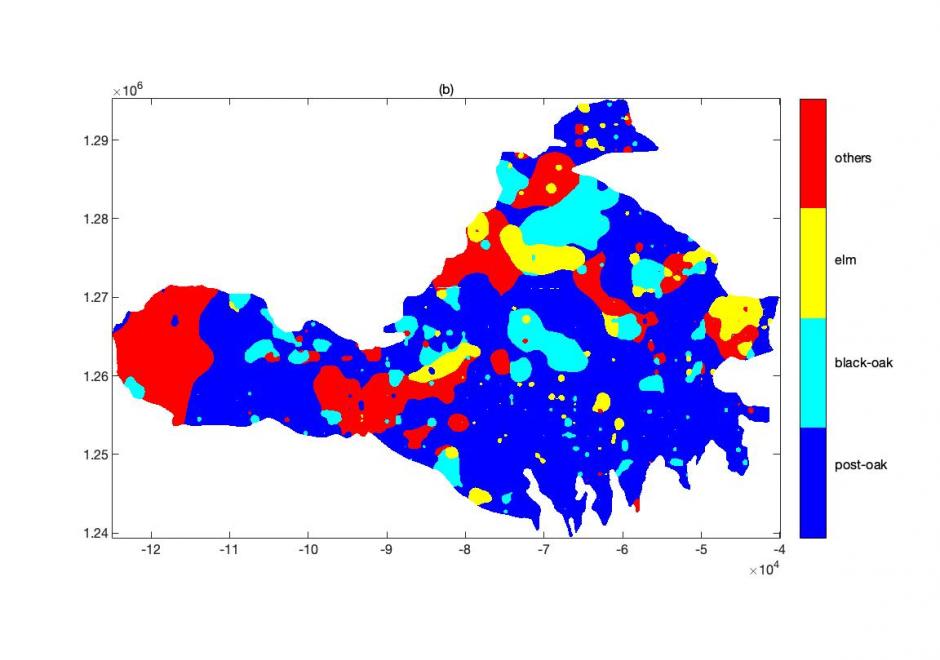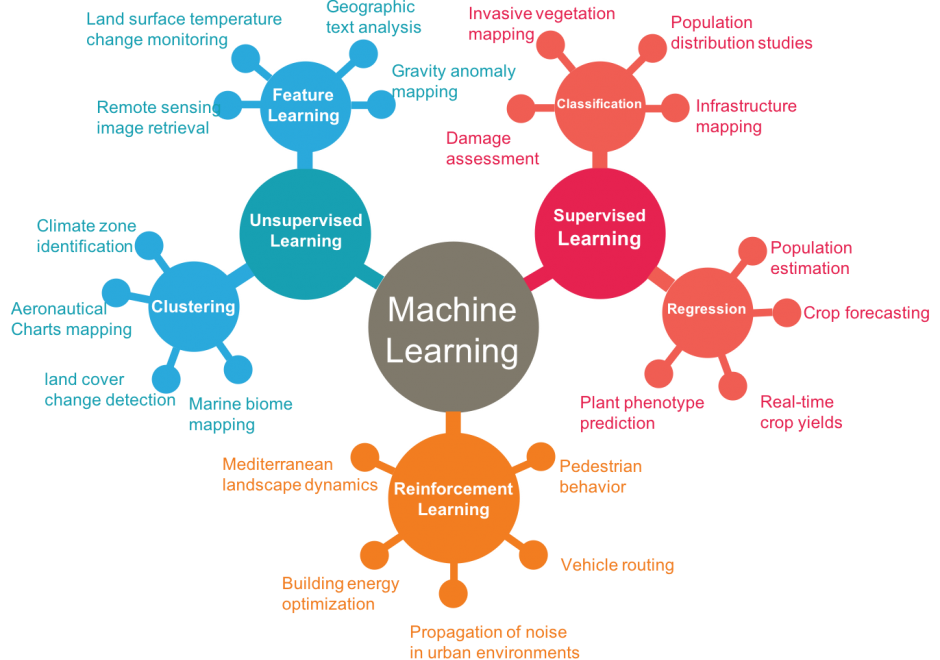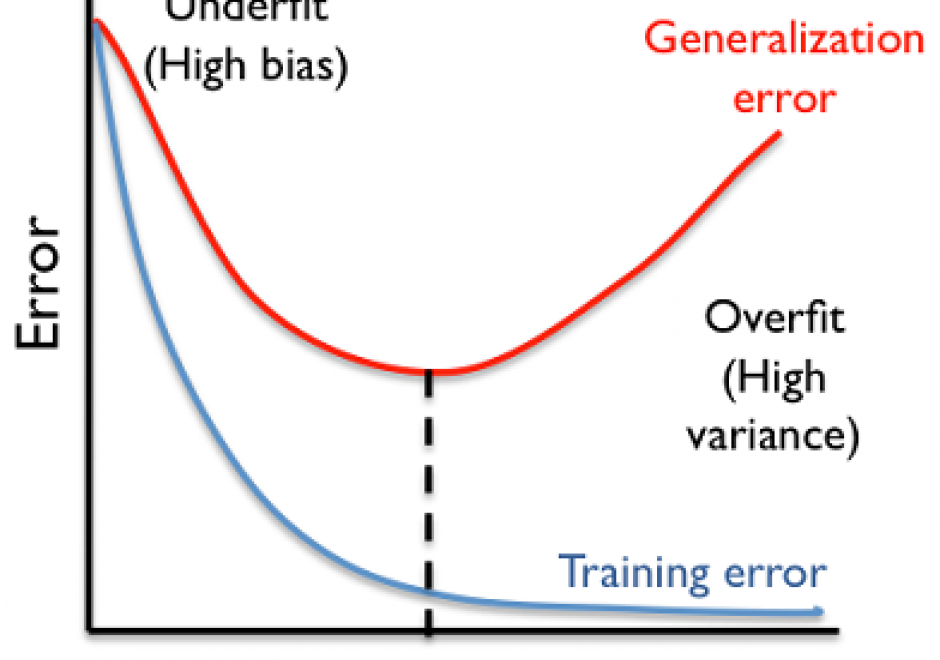AM-38 - Pattern Recognition and Matching

People recognize and characterize patterns to understand the world. Spatial data exhibit distinctive characteristics that render most aspatial recognition and matching methods unsuitable or inefficient. In past decades, a plethora of methods have been developed for spatial pattern recognition and matching to account for these spatial characteristics. This entry first focuses on the methods of spatial pattern recognition, including an overview of the basic concepts and common types. Methods for spatial pattern matching are then introduced. An example scenario of the distribution of tree species in the Arbuckle Mountains of south-central Oklahoma illustrates covered concepts. The entry concludes with brief remarks on continuing challenges and future directions in spatial pattern recognition and matching in the Big Data and artificial intelligence era.



CP-04 - Artificial Intelligence Tools and Platforms for GIS
Artificial intelligence is the study of intelligence agents as demonstrated by machines. It is an interdisciplinary field involving computer science as well as, various kinds of engineering and science, for example, robotics, bio-medical engineering, that accentuates automation of human acts and intelligence through machines. AI represents state-of-the-art use of machines to bring about algorithmic computation and understanding of tasks that include learning, problem solving, mapping, perception, and reasoning. Given the data and a description of its properties and relations between objects of interest, AI methods can perform the aforementioned tasks. Widely applied AI capabilities, e.g. learning, are now achievable at large scale through machine learning (ML), large volumes of data and specialized computational machines. ML encompasses learning without any kind of supervision (unsupervised learning) and learning with full supervision (supervised learning). Widely applied supervised learning techniques include deep learning and other machine learning methods that require less data than deep learning e.g. support vector machines, random forests. Unsupervised learning examples include dictionary learning, independent component analysis, and autoencoders. For application tasks with less labeled data, both supervised and unsupervised techniques can be adapted in a semi-supervised manner to produce accurate models and to increase the size of the labeled training data.